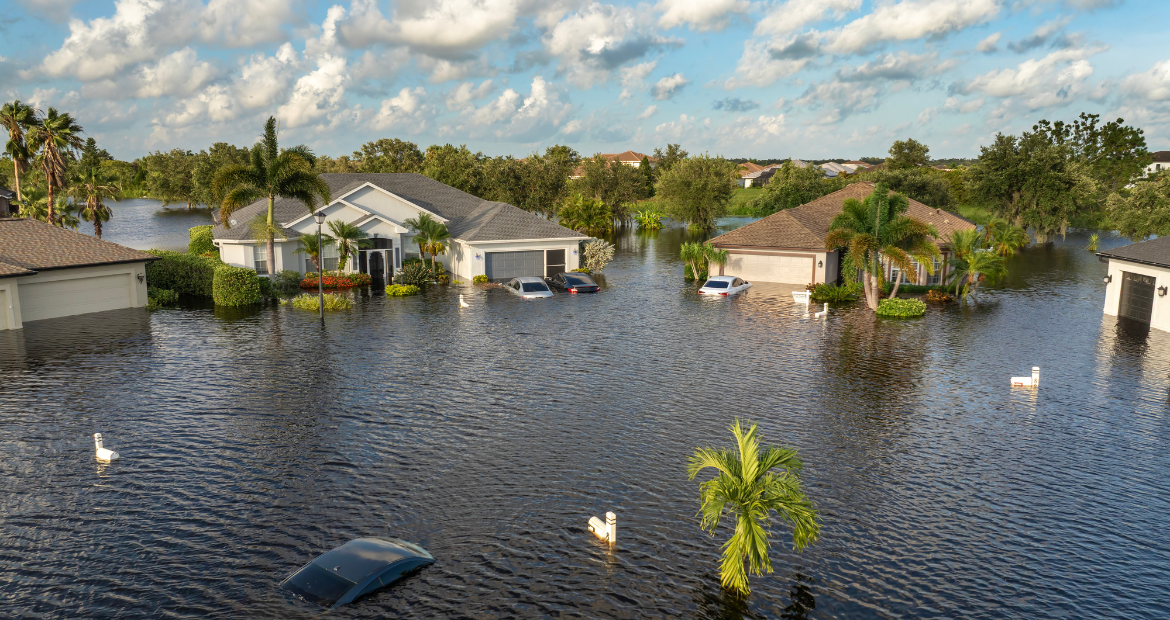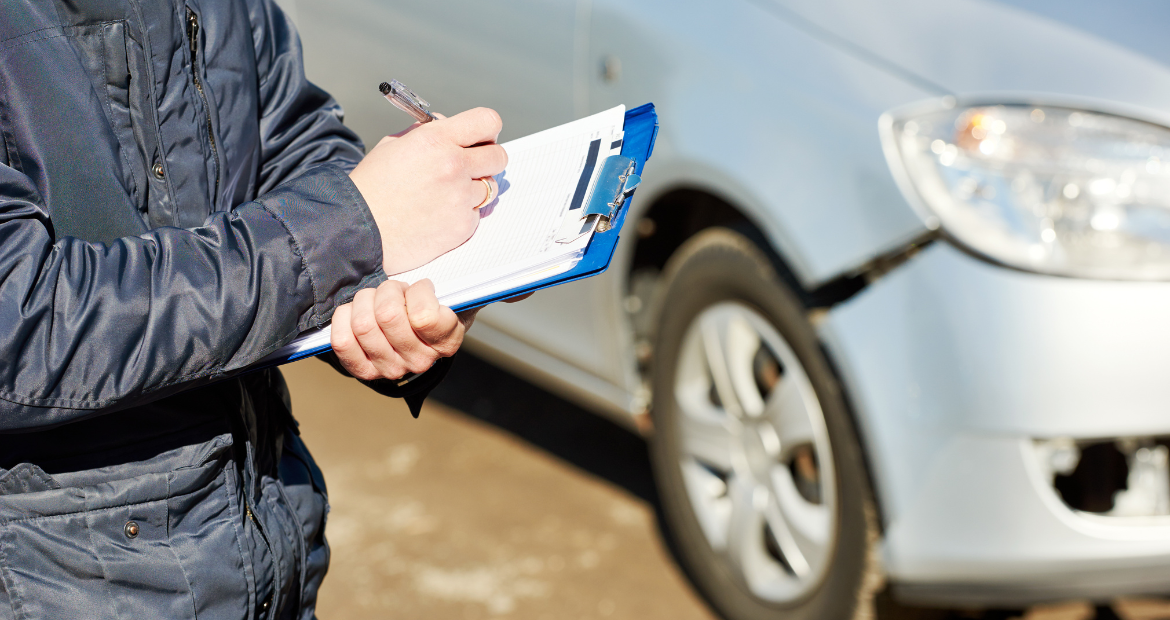Insurance Agent Recording Car Damage
Natural disasters arrive unexpectedly, leaving in their wake widespread destruction—much of which can include your car. From flash flood, cyclone, earthquake, or wildfire, finding your car damaged is overwhelming. At this point, many motorists rely on their car insurance for assistance. But do you know ifyour policy covers damages caused by natural disasters, and what happens when a claim is submitted?
Coverage in Natural Disasters
How much your vehicle is covered during a natural disaster would mostly depend on the kind of insurance coverage you purchased. Standard third-party liability insurance, which is also compulsory in most areas, will cover only damages that you may inflict upon other people. It will not cover you if a tree collapses on your vehicle during a storm or if your engine gets submerged during a flood. To be financially secure in such situations, you must purchase comprehensive car insurance. Such insurance generally covers you against “acts of nature” like floods, earthquakes, hailstorms, landslides, and fires.
Comprehensive Coverage vs. Liability Coverage
It’s important to realize the difference between comprehensive coverage and liability-only insurance. Liability insurance only provides for covering injury or property damage you bring upon other people. It provides no protection for damages to your own vehicle in the case of a natural disaster. Comprehensive coverage, however, is a wider and more comprehensive plan. It often covers a large array of non-collision events, such as theft, vandalism, and natural disasters. If you reside in a location that’s vulnerable to extreme weather or earthquakes, comprehensive coverage is not only a choice—it’s a necessity.
Steps to Follow
As soon as the immediate danger has passed and it is safe to do so, it is worth checking the damage to your car and opening the claim. The majority of insurance companies will require policyholders to report an incident as soon as they can. Call your insurer and give them a detailed description of what happened.
They can ask for photos, video documentation, or an inspection of your vehicle. A claims adjuster may be sent out to assess the damage and decide if repairs are an option or if the vehicle is a total loss. The sooner you take action, the sooner the process starts and the greater chance you have for a more seamless claim process.

Flooded Florida street with stuck car
How Insurance Tackles
Every natural disaster poses its own damage risk, and insurance adjusters evaluate claims according to the extent and nature of the effect.
- If your vehicle is in floodwaters, the engine, electrical components, and interior may be seriously compromised.
- With earthquakes or landslides, there may be structural damage to the body or undercarriage.
- Windstorms and hurricanes can generate airborne debris that breaks windows, doors, and paint.
- Wildfires can lead to charring, burning of components, or damage from smoke.
All these situations are typically included in comprehensive insurance, although you must always verify the terms of your own policy.
Impact of Natural Disaster
Making a claim for weather damage under your comprehensive coverage may not cost your premium as much as an accident where you were at fault. Insurers do, however, look at a variety of factors in adjusting premiums after a disaster. Your area may be classified as high-risk if it’s prone to weather-related claims, and that can increase premiums across the board—not necessarily only for those who made claims. Also, paying many claims within a short timeframe can signal to insurers that you’re a high-risk insured, which can result in higher rates at renewal.
When to File a Claim vs. Pay Out of Pocket
Not all cases of damage need to be reported as an insurance claim. If it would cost only a little more than your deductible to fix the damage, you might opt to pay out of pocket rather than file a claim. Filing a claim can still be a good idea for major damage, but it’s smart to weigh the pros and cons. Consider the long-term impact on your premium, your claim history, and whether your policy offers any claim-free benefits or bonuses that might be lost after filing.
Preventive Measures to Protect Your Car from Natural Disasters
Though you can’t stop nature, you can minimize your vehicle’s risk exposure. Keeping your car in a garage or upper level at flood warning, not driving through low-lying areas during heavy rainfall, or hailing during a hailstorm are easy, effective measures to reduce damage. Installing advance warning apps and keeping yourself informed about the local weather alerts also prepares you better. These little things can not only guard your vehicle but also cut down on the necessity of having to depend on insurance to begin with.
Selecting the Right Insurance Policy for Future Calamities
Choosing the appropriate insurance policy involves more than just premium. Read the inclusions and exclusions of the coverage, particularly for disaster zones. There are some providers that provide add-on covers such as engine cover, zero depreciation, or return-to-invoice cover that may be of great assistance following a natural disaster. Consider also evaluating the reputation of the insurer to settle claims and serve its clients. A low-cost policy that won’t assist you during times of need is no good deal at all.
Conclusion
Natural disasters are beyond your control, but preparing for their consequences is something that you can do. Full car insurance provides the monetary security that you require when disaster happens so that you can bounce back without too much worry. From learning about your policy to claiming and selecting the proper coverage, knowing is the essence of remaining protected. If you reside in a location susceptible to weather catastrophes or earthquakes, this is the time to check your insurance policy. Your peace of mind will be worth it, especially when the unthinkable happens.

 +18585990381
+18585990381




